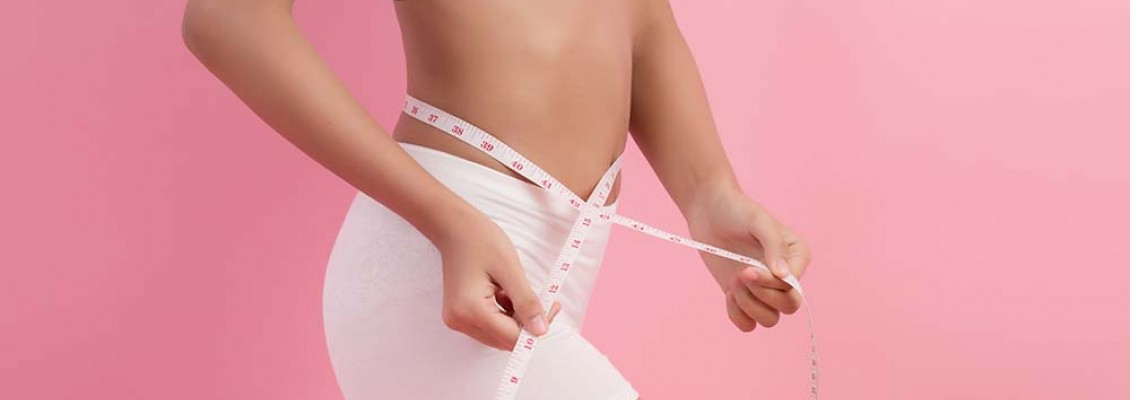
Methods for taking body measurements There are many basic measurements that must be taken and accurately measured for different parts of the body in order to obtain the correct measurement.
1- Upper body measurement: It is the measurement of the chest, shoulders and back area. These parts are measured using a flexible cloth tape to facilitate this process and take the measurement more accurately with recording the measurements immediately after completing the measurement of the part to be measured so as not to be confused in taking measurements and forgetting them.
- Measuring the shoulder area: The tape is placed at the end of one shoulder, and the tape measure is pulled towards the other shoulder and around the person to the other side and meeting at the starting point again, ensuring that the tape is close to the shoulder in order to take a more accurate measurement.
- Measuring the circumference of the chest area: the person stands in a flat position and puts the end of the tape at the starting point and walks with it to go around the back and not to tighten the tape at the protruding chest area and turn around to reach the starting area until the tape meets its first end.
Chest length measurement: Chest length is measured in two ways
* Chest to Shoulder Length: We put the measuring tape on the middle of the shoulder area at the top, then pull it straight down towards the chest area, reaching the middle.
* Chest to Waist Length: By placing the measuring tape on the middle of the chest and then pulling the tape straight down toward the waistline.
2- Measuring the middle of the body, including back length and waist circumference:
* Measure the length of the back by placing the tape measure at the meeting point of the person's neck with his back, then extending it longitudinally parallel to the spine downward to the middle of the lower waist circumference. It is preferable to take the measurement without any clothes on for an accurate result.
* Measure the natural waist area and measured by placing the tape on one side of the small waist and then pulling it taut so that it wraps around the waist through the back from the back until returning to the meeting point.
* Lower middle measurement, which is the wide part of the waist located below the belly button (the navel) in the pelvic area, and it is measured in the same way as the previous waist measurement, but the starting point here will start from the wide waist area.
3- Lower body measurement This area represents the part that falls below the waist.
- Measuring the circumference of the pelvis: where the measuring tape is placed in the widest part of the pelvic area and wrapped tightly across the back area from the back up to the starting point and meeting the tip of the first tape.
- Thigh circumference measurement: by wrapping the measurement meter around the thigh at its widest point until the two ends of the strip meet and record the measurement.
- Measurement of the length of the hips: It is the measurement of the widest part of the thigh down to the knee.
- Arm circumference measurement: It is measured by determining the widest area in the upper part of the arm and wrapping the measuring tape around it so that its two ends meet.
- Arm length measurement: The arm length is measured when the person is standing flat, then the measuring tape is placed on the shoulder bone located next to the neck and stretched straight along the arm length to the elbow of the hand.
- Measure the circumference of the leg: choose the widest point in the muscle just below the knee, tighten the tape and wrap it around it all the way to its beginning.
- Measurement of the length of the lower leg: We take the measurement starting from the knee area by tightening the measuring tape, all the way to the area of the palm of the foot from the bottom.







Leave a Comment